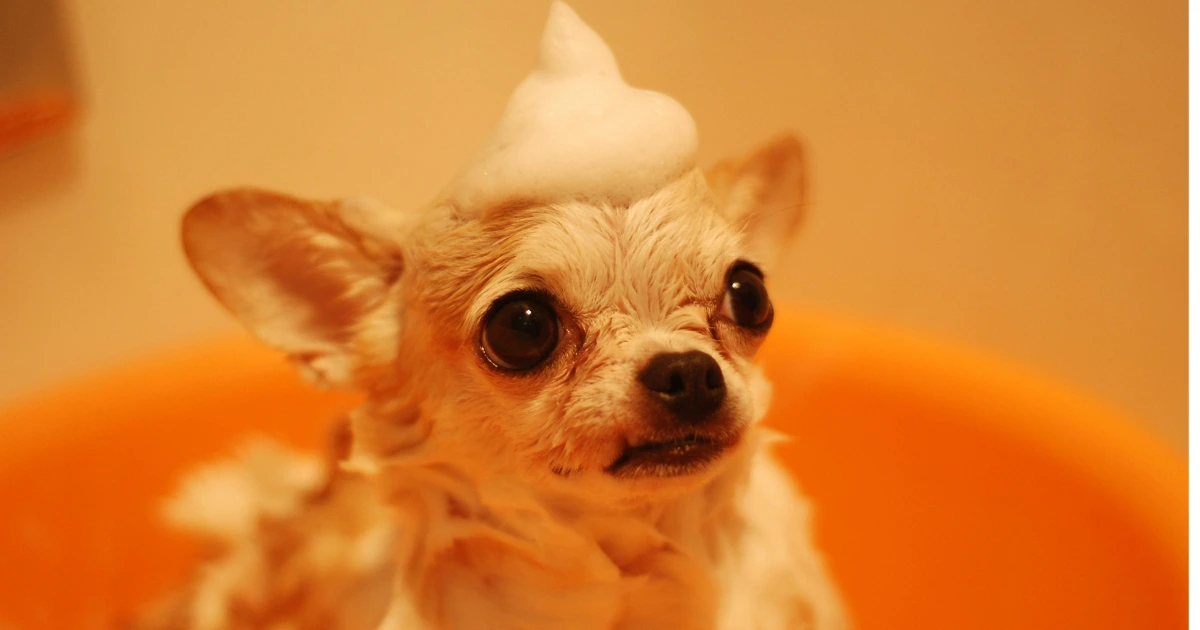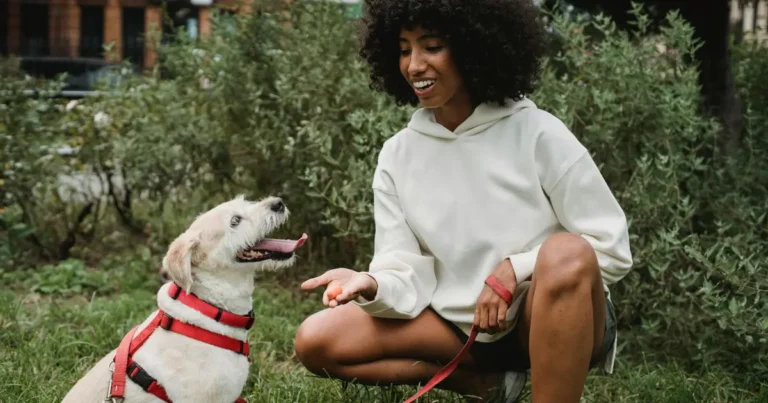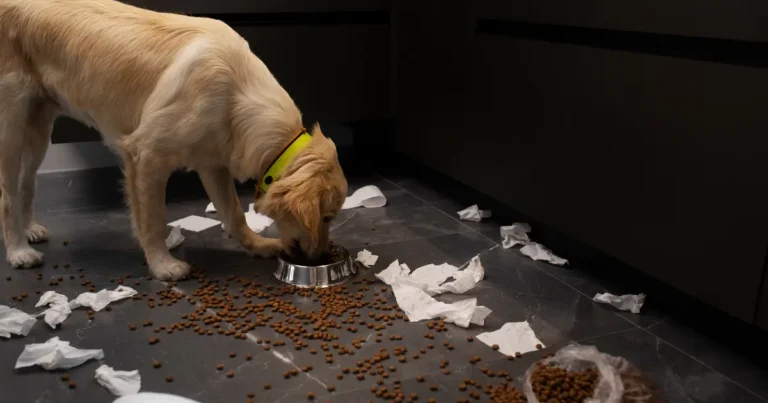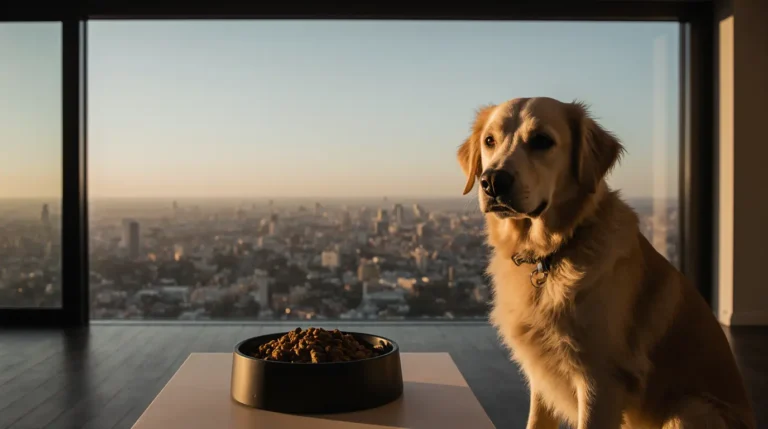How to Make Homemade Dog Shampoo That Actually Works
Table of Contents
Look, I’ll be honest with you – I stumbled into making my own homemade dog shampoo out of pure desperation. My golden retriever Max had gotten into something nasty during our weekend camping trip, and the nearest pet store was 40 miles away. What started as a emergency solution has now become my go-to method for keeping all three of my dogs clean and happy.
After trying countless store-bought shampoos over the years (and watching my wallet get lighter each time), I’ve discovered that homemade dog shampoo isn’t just cheaper – it’s often better. You know exactly what’s going on your furry friend’s skin, and honestly? Most of the ingredients are probably sitting in your kitchen right now.
But here’s the thing that took me way too long to learn: you absolutely cannot just grab your own shampoo and use it on your dog. I made this mistake early on and felt terrible when Max started scratching like crazy afterward.
Why Human Shampoo is a No-Go for Dogs
This isn’t some marketing ploy from pet companies – there’s real science behind it. Our skin sits at about 5.5-5.6 on the pH scale, which is more acidic. Dogs? They’re hanging out between 6.2-7.4, much closer to neutral. When I learned this from my vet (after that unfortunate incident with Max), everything clicked.
Using human shampoo on dogs is like washing your face with oven cleaner – okay, that’s dramatic, but you get the idea. The pH mismatch can cause irritation, dryness, and all sorts of skin problems. Your homemade dog shampoo should aim for around 7 on the pH scale.
My Go-To Basic Recipe (Works Every Time)
This three-ingredient recipe has been my lifesaver for regular baths. I’ve used it on everything from my tiny Jack Russell to my neighbor’s massive Saint Bernard.
What you need:
- 2 cups of warm water
- 1/4 cup of dish soap (I use Dawn, but any gentle one works)
- 1/2 cup of white vinegar
The dish soap cuts through all that doggy grease and dirt – trust me, it’s incredibly effective. I was skeptical about the vinegar at first (the smell, you know?), but it’s amazing for getting rid of odors and making their coat super shiny. Plus, it has natural antibacterial properties.
How I do it: I mix everything in an old spray bottle – saves so much time during bath time. Get your dog completely wet first (lukewarm water, please), then spray this mixture all over, avoiding the eyes obviously. Lather it up well and take the time to gently massage it in.
Here’s where most people mess up – the rinsing. You’ve got to rinse like your life depends on it. Any leftover soap will irritate their skin, and trust me, you’ll know about it later when they’re scratching non-stop.
When Your Dog Has Sensitive Skin
My friend Sarah’s rescue pup came with some serious skin issues – constant scratching, red patches, the works. After some trial and error, we found two recipes that actually helped.
The Moisturizing Blend
This one’s a bit more involved, but worth it for dogs with dry, itchy skin:
- 1 quart of water
- 1 cup of white vinegar (apple cider works too)
- 1/3 cup of glycerin
- 1 cup of baby shampoo or gentle dish soap
- 2 tablespoons of aloe vera gel
The glycerin keeps moisture locked in, and aloe vera is just magic for irritated skin. I keep a bottle of this mixed up during winter when the dry air really gets to my dogs’ skin.
The Oatmeal Solution
Okay, this one requires a tiny bit of prep work, but it’s so worth it. Oatmeal isn’t just for breakfast – it’s incredible for soothing angry skin.
- 1 cup of plain oatmeal (not the flavored stuff!)
- 1/2 cup of baking soda
- 1 quart of warm water
First, you need to grind that oatmeal until it’s basically flour. I use an old coffee grinder that I no longer use for coffee. Mix it with the baking soda, then slowly pour in the water.
Apply it to your wet dog and let it sit for a few minutes. My dogs actually seem to enjoy this part – maybe it feels like a spa treatment? Just make sure you rinse thoroughly because oatmeal bits stuck in fur are not fun to deal with later.
Dealing with Fleas Naturally
Last summer was rough for fleas in our area. Before reaching for the heavy-duty chemicals, I tried this lavender-based recipe:
- 10 ounces of warm water
- 2 ounces of aloe vera gel
- 1 tablespoon of Castile soap
- 2 drops of lavender essential oil
Major warning here: Essential oils and dogs can be tricky. Some oils can be harmful to pets, and even those considered “safe” may trigger reactions in sensitive dogs. I always check with my vet first, and I never use more than a drop or two. When in doubt, skip the essential oils entirely.
Pay close attention to common flea hotspots – the base of the tail, behind the ears, and under the legs. These little buggers are sneaky.
What Each Ingredient Actually Does
After years of experimenting, I’ve learned why each ingredient matters:
Vinegar is your deodorizer and shine booster. It also helps remove any soap buildup, which is clutch for dogs with longer coats.
The soap (whether dish soap or Castile) is obviously doing the cleaning, but it also helps everything mix together properly.
Baking soda is the unsung hero – it balances out the acidity from the vinegar and adds extra deodorizing power. Chemistry was never my strong suit, but even I can appreciate how this works.
My Hard-Learned Bath Time Tips
Temperature matters more than you think. Water that feels fine to you might be too hot for your dog. Test it on your wrist, just like you would when checking something for a baby.
Have everything ready before you start. Few things are worse than a soapy, wet dog making a run for it while you’re scrambling to find towels.
For anxious dogs, I’ve found that talking to them throughout the process helps. Yeah, I sound like a crazy person, but it works.
The Money Side of Things
Let’s talk numbers for a second. A decent bottle of commercial dog shampoo runs about $15-20 and lasts maybe 4-5 baths for my medium-sized dogs. My homemade version costs roughly $2 per batch and works just as well, if not better.
Over a year, that’s real money. Plus, I’m not dealing with mysterious ingredients I can’t pronounce.
When Things Don’t Go as Planned
Not every recipe works for every dog. My Jack Russell can handle pretty much anything, but my Lab mix has sensitive skin and needs the gentler formulas.
If you notice increased scratching or any redness after using homemade shampoo, rinse them off with plain water and go back to the drawing board. Sometimes it’s as simple as using less soap or skipping an ingredient.
The Bottom Line
Making your own dog shampoo started as a necessity for me, but it’s become something I genuinely enjoy. There’s something satisfying about mixing up a batch and knowing exactly what’s going on my dogs’ skin.
Start simple with the basic three-ingredient recipe. Once you get comfortable with that, you can experiment with the specialized versions based on your dog’s needs.
Your dogs will be clean, your wallet will thank you, and you’ll have the peace of mind that comes with knowing exactly what you’re using on your furry family members. Plus, bath time becomes less of a chore and more of a bonding experience – even if they don’t always appreciate it in the moment.
Trust me, after dealing with expensive commercial shampoos that didn’t work and watching my dogs suffer through skin reactions, this homemade approach has been a game-changer. Give it a try – what’s the worst that could happen? You’ll save money and probably end up with cleaner, happier dogs.







